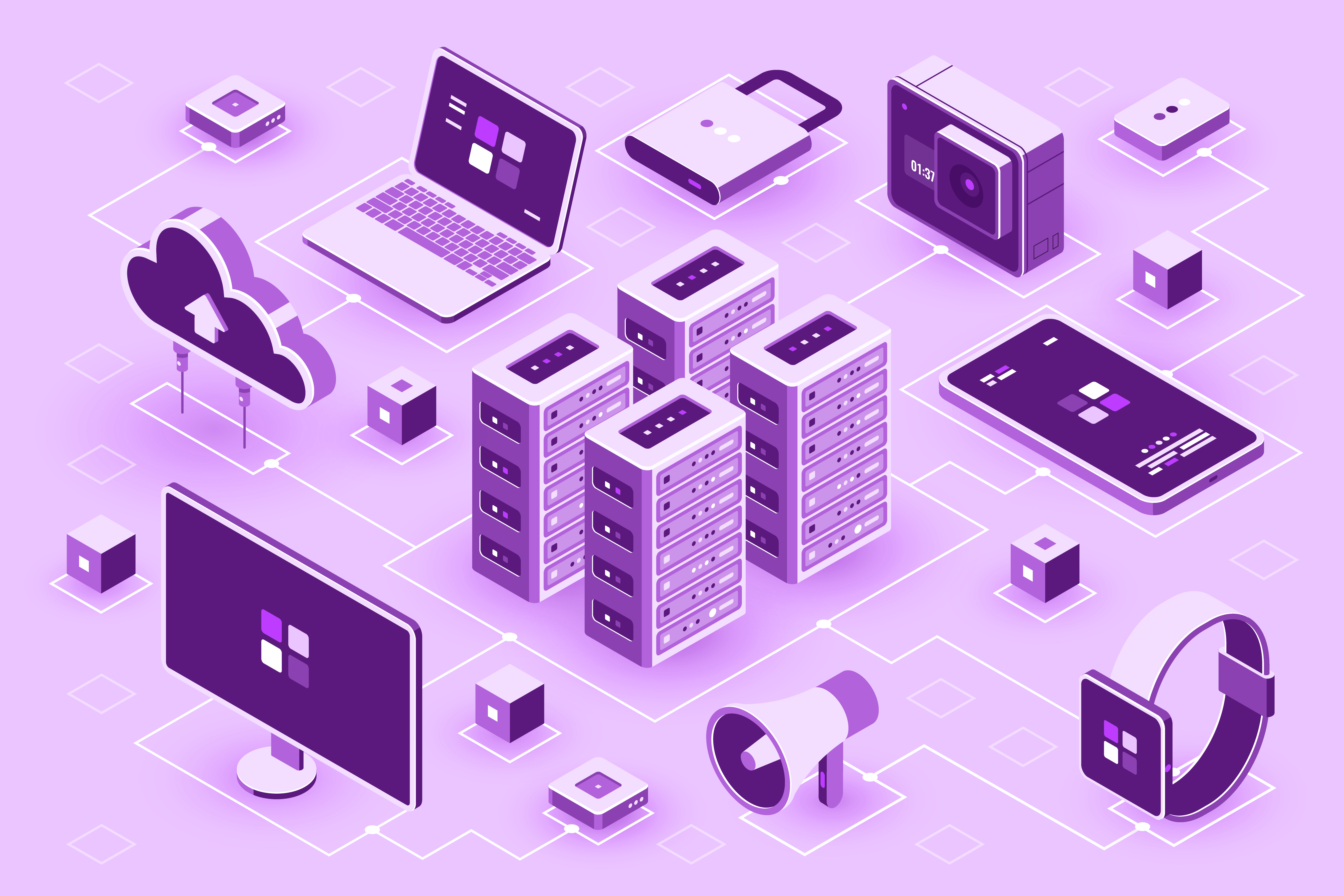
Software documentation refers to the set of information that explains the product to the individuals involved in its development, deployment, and utilization. Documentation is an essential part of software development because it helps to ensure that the software is well-designed, well-understood, and maintainable. It can help to improve collaboration between developers, increase software quality, and reduce downtime associated with maintenance and troubleshooting.
Here are some key reasons that make documentation highly important:
- Ensure maintainability: Documentation helps to ensure that the software is maintainable by providing a reference for developers to use when making changes to the code. This ensures that changes can be made quickly and easily without causing unintended side effects.
- Communication and Collaboration: Documentation helps to improve collaboration between developers by providing a shared understanding of the software. This makes it easier for developers to work together, share ideas, and make decisions.
- Knowledge sharing: By documenting their code, developers can assist future colleagues working on the project codebase and create a reference that can be utilized to train new employees. This approach can save both time and money, as new developers will not have to spend excessive time familiarizing themselves with the codebase.
- Increases software quality: Documentation can help to increase software quality by ensuring that the software is well-designed, well-understood, and well-tested..
- End-user support: Documentation aids end-users by providing valuable information on software usage, troubleshooting common issues, and maximizing the application's potential. Comprehensive documentation allows users to locate the necessary information swiftly, decreasing the number of support requests and enhancing user satisfaction.
- Compliances: Documentation acts as evidence that the organization adheres to industry-specific regulations and standards, and it serves as a record of how the software is utilized and maintained over an extended period.
The whole Software Development Life Cycle process heavily relies on documentation. Here is the list of documentation and types that will require in each phase of the Software Development Life Cycle.
Requirement documentation: The goal of requirement documentation is to capture all the information needed to design, build, and test the software. By defining the requirements in detail, the development team can build software that meets stakeholder needs and expectations.
- User requirements document: Captures end-user perspectives and what they want the software to accomplish.
- Functional requirements document: Describes specific features and functions software should perform, including input, output, and behavior.
- Non-functional requirements document: Describes non-functional software requirements like performance, reliability, scalability, security, and usability.
- System requirements document: Describes hardware, software, and network requirements, including platform, OS, database, and other technical needs.
- Requirements traceability matrix: Maps requirements to design, development, testing, and deployment activities throughout the project life cycle.
- Use case document: Describes software-supported use cases or scenarios, including user actions, system responses, and alternative paths.
Architectural documentation: Architectural documentation provides a roadmap for building and maintaining a software system. It helps ensure that all stakeholders have a shared understanding of the system's design and structure, enabling effective collaboration and decision-making.
- Architecture overview: Provides an overview of the system's purpose, scope, and key features. Describes components, relationships, and how they work together to achieve objectives.
- System design document: Provides detailed system design including data and process flow, user interface, and integration with other systems. Serves as a blueprint for the building and functioning of the system.
- Technical specifications: Details system architecture including hardware, software requirements, programming languages, development tools, and libraries.
- Interface specifications: Describes interfaces between components of the system, including APIs, protocols, and messaging formats.
- Deployment documentation: Describes system deployment and configuration in different environments, with instructions for installing, configuring, and setting up infrastructure.
Technical documentation:These contain the technical aspects of the software like API, algorithms, etc. It is prepared mostly for software devs. Technical documentation provides a detailed understanding of the software's technical aspects, enabling users and developers to install, configure, use, and troubleshoot the software effectively.
- Installation guide: Provides instructions for installing the software on different platforms, including hardware and software requirements, installation procedures, and post-installation steps.
- Configuration guide: Describes how to configure the software with settings for components, databases, and user accounts.
- User guide: Provides instructions for using the software, including tasks, navigating the user interface, and troubleshooting.
- API documentation: Details the API used in the software, including data formats, error codes, and response formats.
- Code documentation: Provides technical details about the software's source code, including module interactions and modification instructions.
- System documentation: Describes the system architecture, components, and interactions, including design, functionality, and performance characteristics.
- Release notes: Provides information about each software release, including bug fixes, new features, and known issues.
End-user documentation : It provides information about how to perform specific tasks and how to use the software's features from the perspective of the end user.
- User manual: This document provides step-by-step instructions for using the software.
- Quick reference guide: It is designed to be used as a quick reference when users need to perform a specific task quickly.
- Tutorials: This document provides step-by-step instructions for using the software to perform specific tasks.
- FAQ: This document provides answers to frequently asked questions about the software, including troubleshooting tips and workarounds for common issues.
- Glossary: This document provides definitions for technical terms used in the software.




